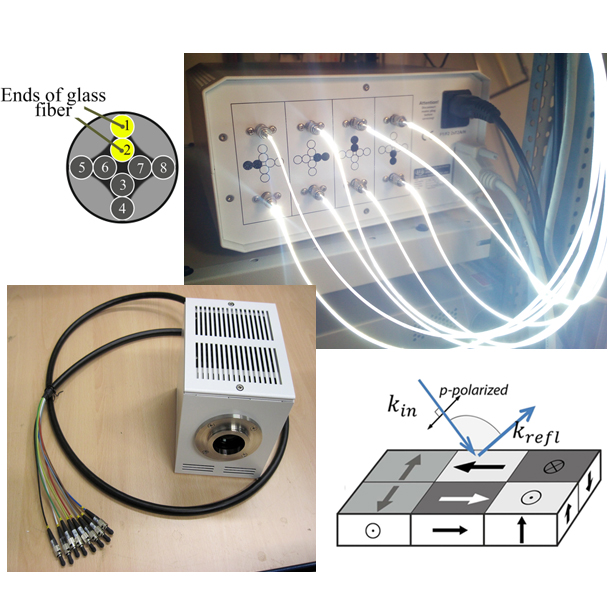
Selective sensitivity in Kerr microscopy
I. V. Soldatov and R. Schäfer, Rev. Sci. Instrum. 88, 073701 (2017)
A new technique for contrast separation in wide-field magneto-optical Kerr microscopy is introduced. Domain images with orthogonal in-plane sensitivity are displayed simultaneously at real-time, and images with pure in-plane or polar contrast are obtained.
.
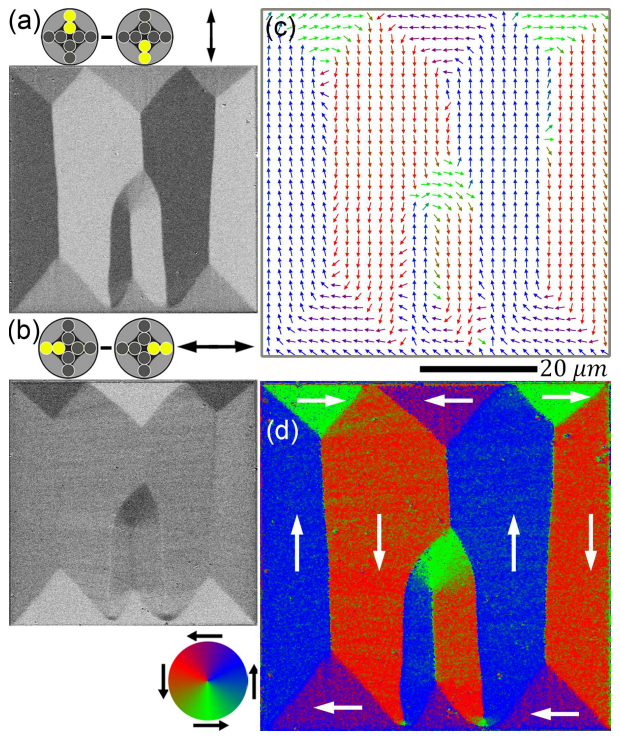
Advances in quantitative Kerr microscopy
I. V. Soldatov and R. Schäfer, Phys. Rev. B 95, 014426 (2017)
An advanced wide-field Kerr microscopy approach to the vector imaging of magnetic domains is demonstrated. The method is applied to the investigation of the magnetization process in a patterned Permalloy film element and GaMnAs semiconducting film.
.

Advanced MOKE magnetometry in wide-field Kerr-microscopy
I. V. Soldatov and R. Schäfer, J. Appl. Phys. 122, 153906 (2017)
In this paper, an advanced experimental method, based on a motorized analyzer, is introduced which allows to compensate the Faraday contributions, thus leading to pure MOKE (Magneto-Optical Kerr Effect) loops. A wide field Kerr microscope, equipped with this technology, works well as a laser-based MOKE magnetometer, additionally offering domain images and thus providing the basis for loop interpretation.
.
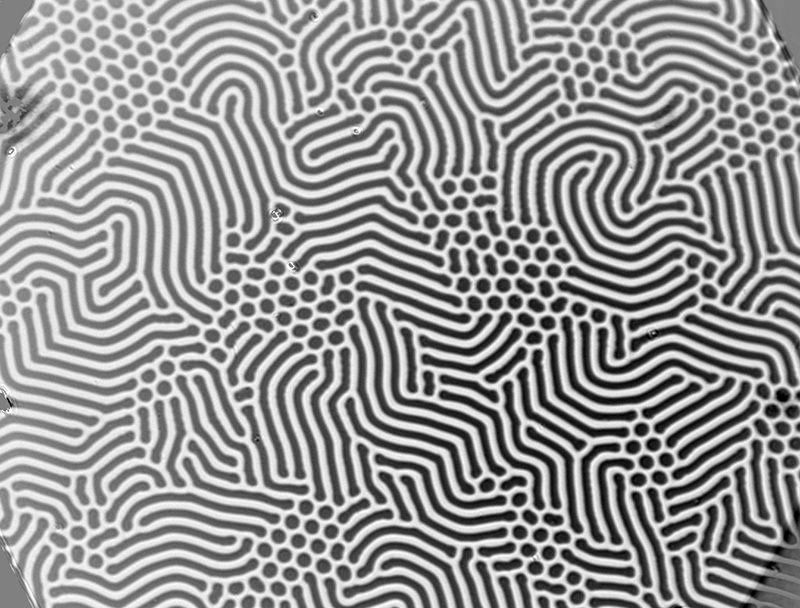
Size analysis of sub-resolution objects by Kerr microscopy
I. Soldatov, W. Jiang, S.G.E. Te Velthuis, A. Hoffmann and R. Schäfer, Appl. Phys. Lett. 112 (26), 262404 (2018)
A Kerr microscopy method for the quantitative measurement of the size of magnetic objects that are smaller than the resolution limit is proposed. It can be applied to domain walls, bubble domains and magnetic skyrmion-bubble hybrid microstructures.
.
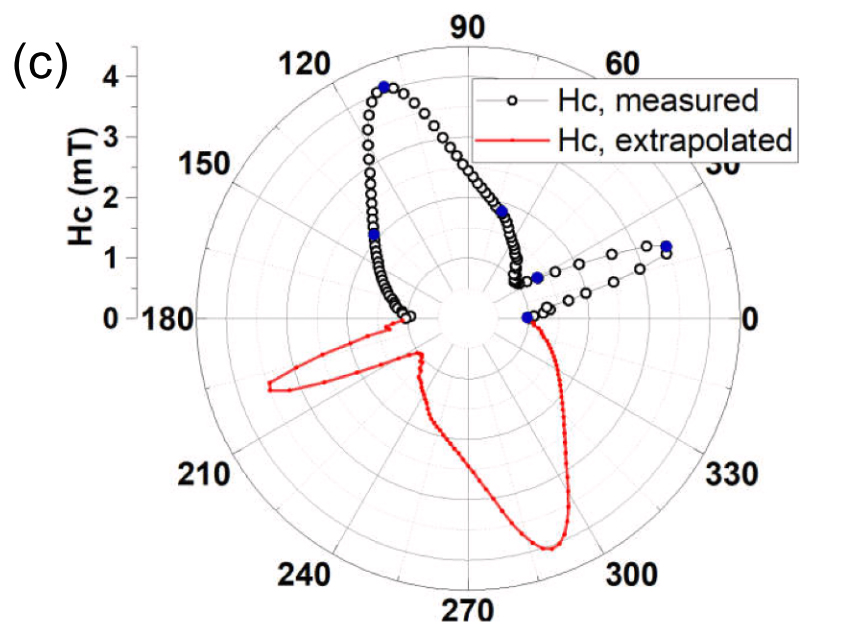
I.V. Soldatov, J. Zehner, K. Leistner, T. Kang, D. Karnaushenko and R. Schäfer, JMMM. 529, 167889 (2021)
Based on a multi-component Kerr imaging technique we have developed a fully automated procedure for the measurement of magnetisation reversal loops along arbitrary in-plane field directions for magnetic films with in-plane anisotropy that does not require any mechanical adjustment of the system.
.

Interpretation of Kerr Microscopic Domain Contrast on Curved Surfaces
I.V. Soldatov, V. Kolesnikova, V. Rodionova and R. Schäfer, JMMM. 529, 167889 (2021)
In this letter, we address a technical peculiarity of wide-field magneto-optical Kerr microscopy, which may easily lead to a misinterpretation of the domain contrast on curved surfaces. On the example of circumferentially magnetized domains in ferromagnetic microwires, we show that the checkerboard domain pattern, which typically shows up in polar Kerr sensitivity, is caused by the superposition of longitudinal Kerr contrasts that arise from in-plane magnetization components and inclined light incidence rather than from the magnetization components perpendicular to the focal plane as claimed in the literature. Experimental ways to avoid such peculiar contrasts are demonstrated.
Books:
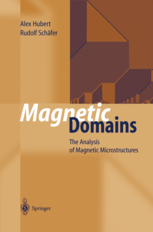
Magnetic Domains: The Analysis of Magnetic Microstructures
Alex Hubert & Rudolf Schäfer, Springer, New York, 1998
The rich world of magnetic microstructure or magnetic domains – extending from the “nano-world” to visible dimensions – is systematically covered in this book. The subject, which might be called “mesomagnetism”, forms the link between atomic foundations and technical applications of magnetic materials, ranging from computer storage systems to the magnetic cores of electrical machinery. The structures and processes in the hidden inner world of magnets are also favourite examples in the theoretical analysis of complex systems. Independent of their scientific and technical relevance, magnetic microstructures are also esthetically appealing, and the authors could not resist this aspect of their work.
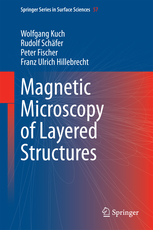
Magnetic Microscopy of Layered Structures
Wolfgang Kuch, Rudolf Schäfer, Peter Fischer & Franz Ulrich Hillebrecht, Springer, New York, 2015
This book presents the important analytical technique of magnetic microscopy. This method is applied to analyze layered structures with high resolution. This book presents a number of layer-resolving magnetic imaging techniques that have evolved recently. Many exciting new developments in magnetism rely on the ability to independently control the magnetization in two or more magnetic layers in micro- or nanostructures. This in turn requires techniques with the appropriate spatial resolution and magnetic sensitivity. The book begins with an introductory overview, explains then the principles of the various techniques and gives guidance to their use. Selected examples demonstrate the specific strengths of each method. Thus the book is a valuable resource for all scientists and practitioners investigating and applying magnetic layered structures.

Curvilinear Micromagnetism: From Fundamentals to Application
Editors: Denys Makarov, Denis D. Sheka, Springer, New York, 2022
- Presents fundamentals of magnetism in curved geometries including curved wires, shells, and complex 3D structures
- Covers theory of curvilinear micromagnetism as well as experimental study of curved magnets
- Explores the shapeability of curved magnetic thin films
- Includs the description of magneto-optical approach for magnetic domain observations on curved surfaces
